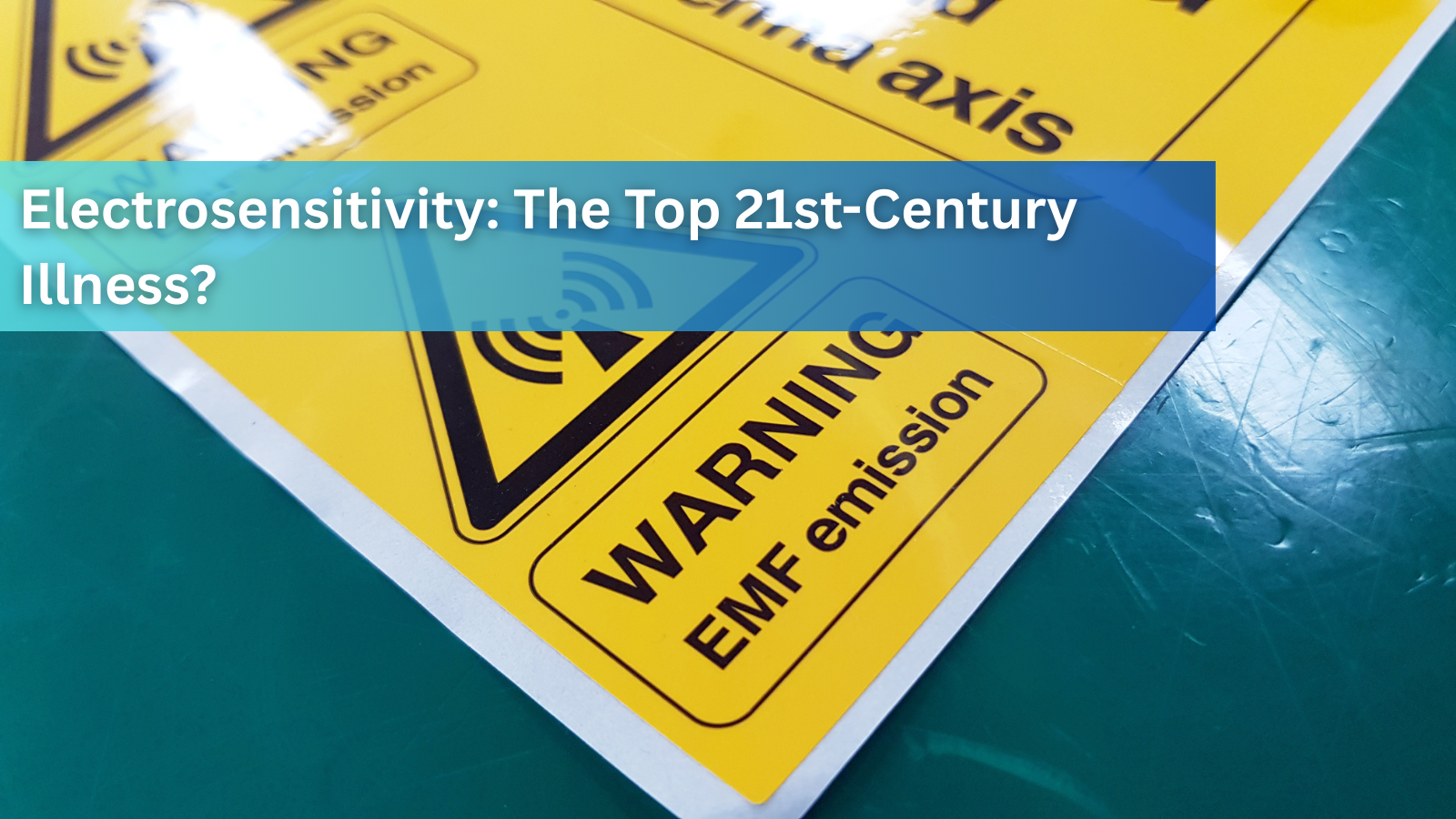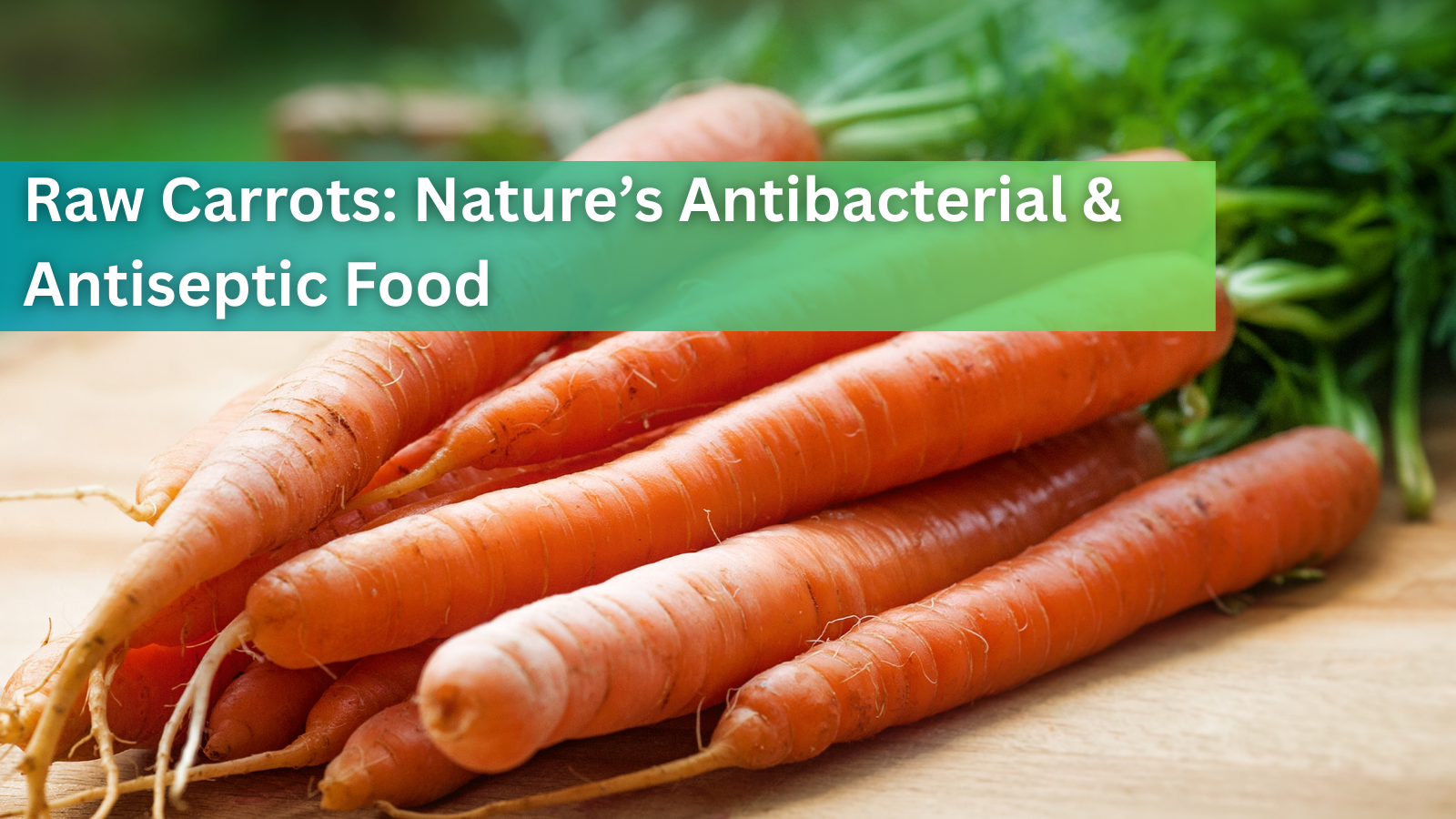What are the Highest Sources of Exposure to Toxic Heavy Metals?

Toxic heavy metal exposure is a rising concern in today's environment, stemming from various sources. Understanding these exposures is vital for minimizing risks and safeguarding our health. Here are the top 10 common ways you could encounter toxic heavy metals.
1. Consumer Products
Everyday items like toys, jewelry, cookware, and electronics may contain heavy metals in their composition, posing a risk of exposure through skin contact, ingestion, or inhalation. Even cookware made of supposed ceramic coating can leach toxic metals like cadmium into food. One study on the use of glassware that contained colored pigment for decoration found that toxic levels of lead and cadmium were found to exceed their allowable limit (1).
2. Air Pollution
Industrial processes, vehicle emissions, and coal-fired power plants release heavy metals like lead, mercury, and cadmium into the air, which can be inhaled and contribute to health risks. Studies have found increased lung cancer in high air pollution zones, and some have ven found risks to fetal development (2).
3. Contaminated Water
Water sources can be contaminated with heavy metals such as arsenic, lead, and mercury from natural deposits, industrial runoff, or old plumbing systems, leading to potential exposure through drinking water. Many studies and testing agencies, in many different countries, have found that safe exposure levels of heavy metal were exceeded. A study on Chicago, which still uses around 400,000 lead pipes to deliver tap water, found that over 1/3 of homes tested over the federal safety limit of 5ppb (3). Furthermore, the EPA only will notify citizens if the lead levels reach over 15ppb, leaving many simply unaware they are consuming dangerous levels of a neurotoxin over time. It is best to avoid beer, kombucha or any beverage that is made with tap water, as opposed to spring water or purified water.
4. Food Contamination
Foods grown in polluted soil or water can absorb heavy metals like cadmium and mercury, posing a risk of exposure through consumption, particularly in seafood and crops near industrial sites. The highest sources are seafood, particularly oysters and salmon, which shoul be sourced carefully before eating. Beverages in alluminum cans are also potential risks for exposure to alluminum, whcih leaches into the contents. Metal cans, which are mostly coated with dangerous plastic linings, can also leach heavy metals into the food. Avoid dented cans particularly.
5. Occupational Hazards
Certain occupations, such as mining, smelting, and manufacturing, involve handling heavy metals directly, increasing the risk of exposure to workers and their families. Living near high industrial areas poses much greater risk of exposure through tap water, house dusta nd air pollution.
6. Cosmetics and Personal Care Products
Some cosmetics, skincare products, and hair dyes may contain heavy metals like lead, arsenic, and cadmium as contaminants, posing a risk of skin absorption or ingestion. An FDA study found that "eye shadows, blushes, and compact powders contained more heavy metals than other types of cosmetics (6).
7. Dental Fillings
Dental amalgams containing mercury can release small amounts of this toxic metal over time, potentially leading to exposure through inhalation or ingestion, especially during dental procedures or grinding teeth (5).
8. Household Dust
Dust particles in indoor environments can contain heavy metals from various sources like old paint, contaminated soil, or tracked-in pollutants, posing a risk of ingestion or inhalation, especially for children (4).
9. Smoking Ciggarettes
Tobacco smoke and some artificial e-cigarette vape juices can contain heavy metals like cadmium, lead, and nickel, which can be inhaled directly into the lungs, increasing the risk of systemic exposure. CIgarettes are by-far the highest source of explosre next to air pollution for inhaled cadmium.
10. Soil Contamination
Areas near industrial sites, waste disposal facilities, or agricultural lands treated with contaminated fertilizers may have soil contaminated with heavy metals, which can enter the food chain and pose risks to human health.
In conclsuion, we are inundated wtih heavy metal exposure, that is often considered slight, but in small amounts accumulates to health-damaging levels. To detoxify heavy metals, you can try various heavy metal cleanses, such as our Dr. Clark Heavy Metal Gone, and other natural remedies like bentonite clay, activated charcoal, and zeolyte minerals.
Sources
1. High levels of migratable lead and cadmium on decorated drinking glassware ". https://hero.epa.gov/hero/index.cfm/reference/details/reference_id/4643569
2. Ghazi, T., Naidoo, P., Naidoo, R. N., & Chuturgoon, A. A. (2021). Prenatal air pollution exposure and placental DNA methylation changes: implications on fetal development and future disease susceptibility. Cells, 10(11), 3025.
3. https://www.theguardian.com/us-news/2022/sep/21/lead-contamination-chicago-tap-water-revealed
4. Shi, T., & Wang, Y. (2021). Heavy metals in indoor dust: Spatial distribution, influencing factors, and potential health risks. Science of the Total Environment, 755, 142367.
5. Di Pietro, A., Visalli, G., La Maestra, S., Micale, R., Baluce, B., Matarese, G., ... & Scoglio, M. E. (2008). Biomonitoring of DNA damage in peripheral blood lymphocytes of subjects with dental restorative fillings. Mutation Research/Genetic Toxicology and Environmental Mutagenesis, 650(2), 115-122.
6. https://www.fda.gov/cosmetics/potential-contaminants-cosmetics/fdas-testing-cosmetics-arsenic-cadmium-chromium-cobalt-lead-mercury-and-nickel-content

September 27, 2025
Immune Supplements: Top 10 Best Supplements to Boost Immunity
Are you looking for effective ways to enhance your body’s natural defense? Immune supplements have become popular choices to support the immune system booster function, especially in times of increased illness risk. With so many products...
Read more
September 27, 2025
Cell Phone and WiFi Safety: How to Prevent and Treat EMF Damage and Electrosensitivity
Electrohypersensitivity (EHS), often called electrosensitivity, has been a polarizing and increasingly relevant issue over the past decade and a half. Since the number of people identifying with these symptoms continues to grow exponent...
Read more
September 27, 2025
Raw Carrots: Nature’s Antibacterial & Antiseptic Food
For most of us, carrots are simply a crunchy snack or a source of vitamin A. But according to researcher Ray Peat, PhD, raw carrots offer something more unusual: they act as a kind of natural antiseptic inside the gut, helping to contro...
Read more




Leave a comment